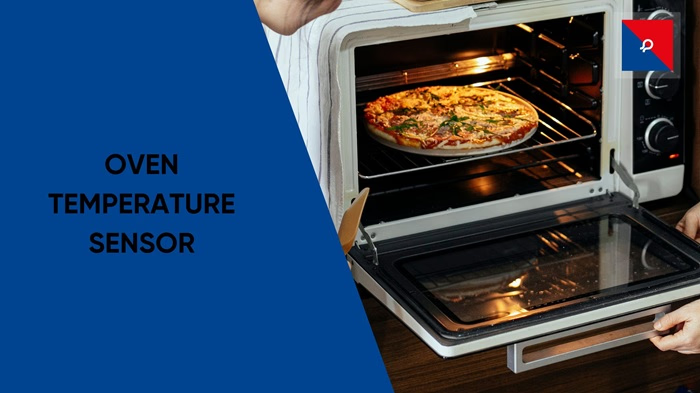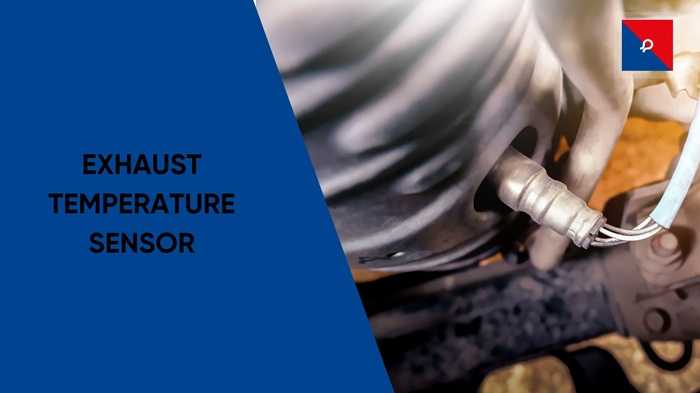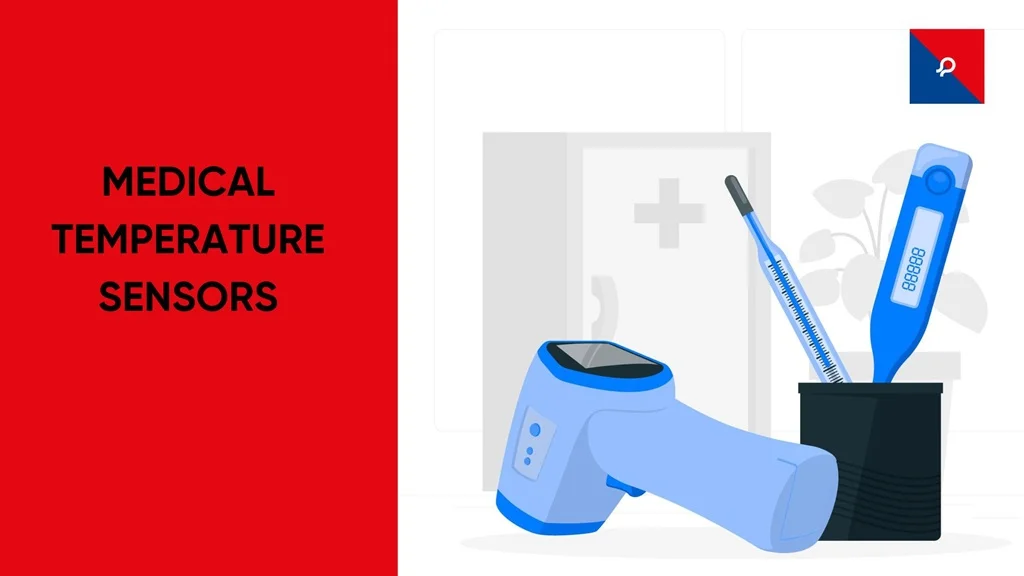
Key Takeaways:
- Thermistors: Sensitive to temperature changes, used in consumer electronics, HVAC, automotive sensors, medical devices, and Power Electronic.
- Thermocouples: Measure temperature via voltage from two metals; used in industrial processes, automotive engines, HVAC, and scientific research.
- Operation Differences: Thermocouples use voltage; thermistors use resistance changes to measure temperature.
- Temperature Range and Accuracy: Thermocouples handle wider ranges and offer high accuracy; thermistors are precise within narrower ranges and respond faster.
- Cost and Suitability: Thermocouples are more expensive but durable; thermistors are cost-effective and ideal for rapid temperature changes.
Thermistor vs Thermocouple: Which One is Best for You?
Choosing the right temperature sensor ensures accuracy and efficiency in various applications. Thermistors and thermocouples are two of the most widely used temperature sensors, each with distinct characteristics that make them suitable for different environments and needs. This guide will delve into the difference between thermistors and thermocouples to help you understand which sensor best suits your specific application.
Understanding Thermistors: How they Work?
A thermistor is a type of resistor whose resistance varies significantly with temperature. When exploring the difference between thermistors and thermocouples, it’s important to note that thermistors are typically made from ceramic materials and are known for their high sensitivity. They come in two main types:
- NTC thermistors (Negative Temperature Coefficient) are Temperature sensors with a negative temperature coefficient, where their resistance decreases as the temperature rises. This makes them ideal for applications where precise temperature measurement is required over a relatively narrow temperature range. They are commonly used in devices like refrigerators, automatic coffee makers, and engine coolant temperature sensors.
- PTC thermistors (Positive Temperature Coefficient) are another type of temperature sensor that have a positive temperature coefficient, meaning their resistance increases as temperature increases. This property makes them suitable for applications like self-resetting fuses and motor starters. They are often used in situations where it's necessary to protect electrical circuits from excessive current or to control the temperature of a device.
Thermistors are widely used in applications:
- Consumer Electronics: Thermistors are commonly used in air conditioners, water heaters, refrigerators, air coolers, micro oven, induction cooktop, dish washers and many other leading applications regulate temperature and ensure optimal performance.
- HVAC Systems: They are employed in heating, ventilation, and air conditioning systems to control temperature accurately and efficiently.
- Automotive Sensors: Thermistors are essential components in engine management systems, monitoring coolant temperature and intake air temperature for optimal engine performance.
- Medical Devices: They are used in various medical devices, including thermometers, baby incubators, and blood analyzers, for precise temperature measurement and control.
- Industrial Processes: Thermistors are employed in industrial applications like food processing, chemical manufacturing, and quality control for temperature monitoring and control.
- Weather Stations: They are used in weather stations to measure ambient temperature and provide accurate weather forecasts.
Understanding Thermocouples: How they Work?
A thermocouple consists of two different metals joined at one end. When there's a temperature difference between the joined end (hot junction) and the other end (cold junction), it creates a voltage due to the Seebeck effect. This voltage is directly related to the temperature difference.
When comparing the difference between a thermistor and a thermocouple, remember that while a thermocouple generates voltage to measure temperature, a thermistor detects temperature by changes in resistance. So, in simple terms, a thermocouple measures temperature through voltage, whereas a thermistor does so through resistance changes.
What are the key differences between thermocouples and thermistors?
| Feature | Thermocouple | Thermistor |
| How They Work | Operates based on the Seebeck effect. Two different metals joined at one end generate voltage when heated, with the voltage proportional to the temperature difference between the ends. | Functions as a resistor whose resistance changes significantly with temperature. Resistance increases or decreases based on whether it’s a positive or negative temperature coefficient (PTC or NTC). |
| Materials | Constructed from various metal alloys including copper, iron, constantan, chromel, platinum, and rhodium. | Typically made from manganese, nickel, cobalt oxides, or semiconductors. |
| Temperature Range | -50°C to 1250°C (varies based on materials), making it versatile for a wide range of applications. | -200°C to 250°C, suitable for precise temperature measurements in specific conditions. |
| Accuracy | Typically less accurate than thermocouples but offers enough precision for many industrial applications. | Higher accuracy & higher precision across the whole temperature range. |
| Response Time | Response times range from 0.12 to 10 seconds, making it suitable for high-accuracy applications. | Response times range from 0.2 to 10 seconds, ideal for quick temperature readings where speed is critical. |
| Characteristic Curve | Exhibits a nonlinear characteristic curve, especially for negative temperature coefficients, which can complicate voltage-to-temperature translation. | Usually has a more linear characteristic curve, simplifying the correlation between resistance and temperature. |
| Cost | Generally more expensive due to external power sources and additional circuitry. | More cost-effective due to simpler construction and materials. |
| Applications | Common in fire alarms, and industrial settings where durability and a broad temperature range are needed. | Common in Home Appliances, HVAC, medical and industrial equipment, offering precise temperature control and quick response in environments needing accurate monitoring. |
| Best For | Ideal for scenarios requiring high accuracy, a wide temperature range, and durability. | Excels in situations needing rapid response times, precise control, and cost-efficiency. |
Choosing the Right Sensor For Your Needs
- Thermocouples: Best for high-temperature environments requiring durability and wide-range accuracy.
- Thermistors: Ideal for applications needing fast response and precise control within a narrow range.
JR Sensors: Your Trusted Partner
When it comes to temperature sensors, JR Sensors is your go-to partner for high-performance solutions tailored to your exact needs. Whether you’re working in consumer electronics, automotive, medical devices, or industrial processes, JR Sensors has the expertise to deliver top-quality sensors that ensure precision and reliability. Our NTC thermistors, crafted with meticulous attention to detail, offer the rapid response and accurate performance that your applications demand. Trust JR Sensors to provide dependable temperature-sensing solutions that keep your operations running smoothly, no matter the challenge.
Conclusion
Understanding the difference between thermistor and thermocouple is essential for selecting the appropriate temperature sensor for your specific needs. Thermocouples are ideal for high-accuracy measurements across a wide temperature range and are commonly used in industrial and scientific applications. They generate a voltage based on the Seebeck effect, making them suitable for high-temperature environments.
On the other hand, thermistors offer rapid response times and precise temperature control within a narrower temperature range, making them ideal for consumer electronics, automotive sensors, and medical devices.
By evaluating your application’s requirements, you can choose the sensor that provides the best performance and value.
Frequently Asked Questions
1. What is the difference between a thermocouple and a thermometer?
2. What is the difference between a thermostat and a thermocouple?
Thermocouple: A thermocouple is a sensor that measures temperature by generating a voltage based on the temperature difference between two metal junctions. It provides temperature data but does not control systems.
3. What is the difference between a thermistor and a thermostat?
Thermostat: A thermostat is a control device that maintains a desired temperature by turning heating or cooling systems on or off. It does not measure temperature directly but uses sensors like thermistors to make temperature adjustments.
4. What is the difference between a thermistor and a thermopile?
Thermopile: A thermopile is a sensor that measures temperature by converting infrared radiation into a voltage using multiple thermocouples. It is commonly used for non-contact temperature measurement and is effective for detecting heat from a distance.

Burnt Biscuits? Blame the Sensor – The Hot Truth About Your Oven’s Temperature Troubles
If your oven’s cooking like it’s got a mind of its own, your temperature sensor might be the silent saboteur. From half-baked casseroles to scorched cookies, we break down how this little sensor works, why it matters, and how to fix it—without losing your cool (or your dinner). A fun, practical guide that’s just as useful as it is digestible.

Hot Stuff: Why Your Engine Can’t Live Without an Exhaust Temperature Sensor
Think exhaust sensors are just another car part? Think again. These tiny guardians track fiery exhaust temps, protect turbos, keep emissions in check—and even help you pass that dreaded test. Dive into the witty, down-to-earth guide on how EGT sensors silently save your engine (and your wallet) every day. Bonus: You’ll sound like a car guru by the end.

Tiny Tech, Big Impact: Inside the World of Medical Temperature Sensors
Discover how medical temperature sensors work, why they're crucial in healthcare, and how health sensors are transforming modern medical diagnostics. From wearable tech to high-precision devices, learn about the different types of temperature sensor medical devices used today.